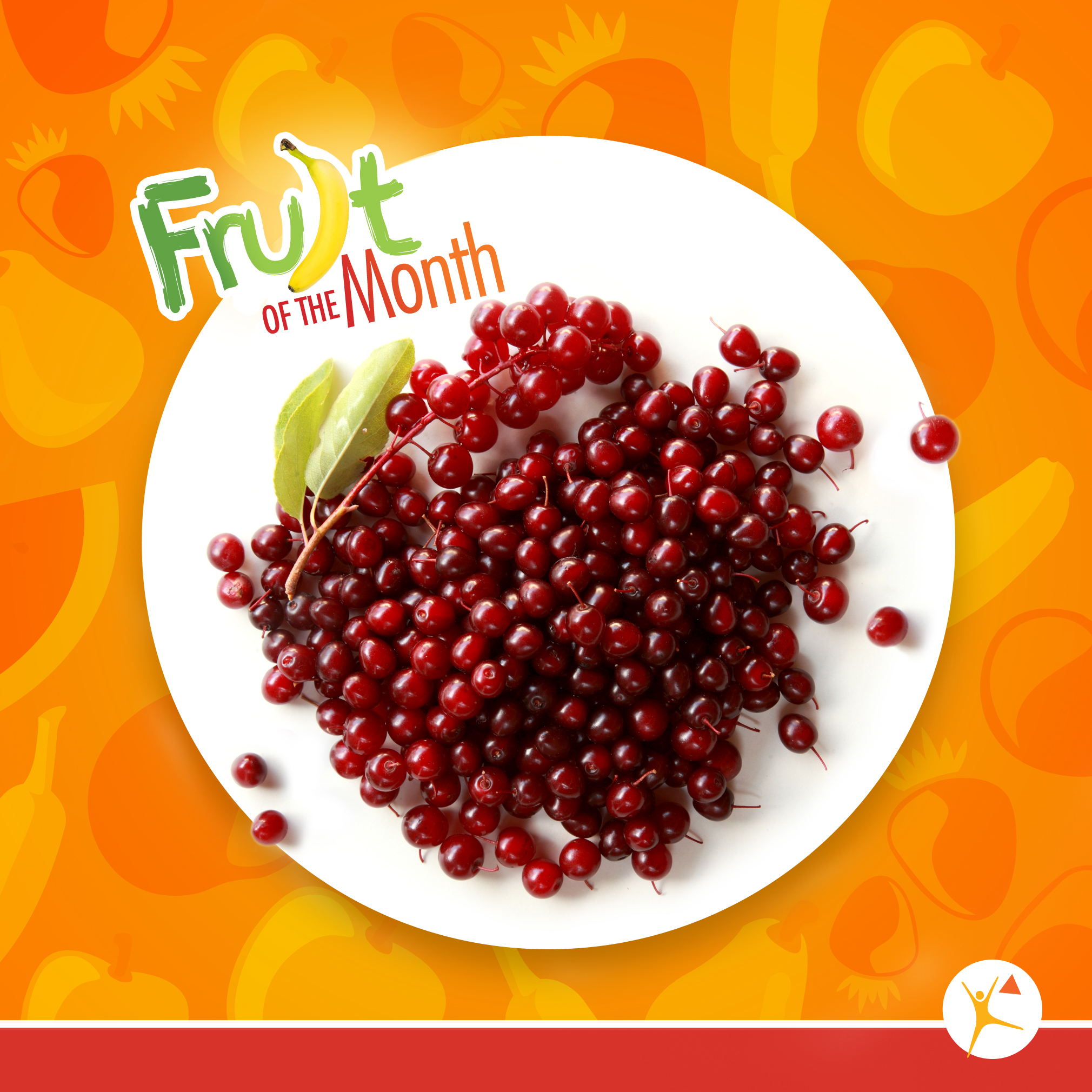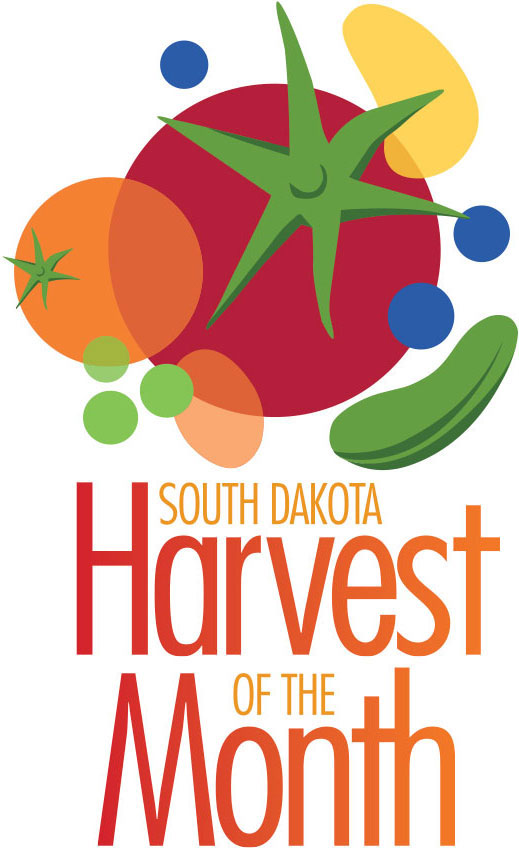November celebrates chokecherries — a fruit that packs a punch! Chokecherries get their name from their bitter taste. While many recipes involving chokecherries are sweet, they provide many benefits that keep you healthy!
Chokecherries are great sources of:
- Antioxidants to prevent disease
- Vitamin C to keep your bones, cells, and skin healthy
- Manganese to help your brain and nervous function stay tip-top
Did you know?
Chokecherries (Dakota: Can-pa, Lakota: Chanpha) were a staple for Native Americans that lived on the Great Plains. They served as a food source, especially during the winter, and treated a variety of health problems. Popular uses for chokecherries include:
Pemmican
The most important use was in pemmican which was made by combining dried meat, bone marrow, animal lard, and crushed chokecherries.
Fruit Balls
Whole chokecherries, including the pulp, skin, and stone, were smashed into a pulp, shaped into balls, and dried in the sun.
Chokecherry Tea:
Try it at home:
- Pick and clean chokecherry leaves
- Refrigerate the leaves until you’re ready to prepare the tea. (Leaves can be dried for future use if stored in a clean container.)
- Bring water to a boil.
- Put a few leaves into the boiling water until you achieve the desired taste, or add 1 TBSP of dried leaves per cup of boiling water.
- Simmer for 15 minutes and serve.
- Add sweetener if desired.
Recipe from Cheyenne River Tribal Extension, Eagle Butte, SD
Where are chokecherries grown?
Wild chokecherry bushes or trees can be found across the United States in all but eight states or territories. The plant flowers from April to July before producing edible, sour fruits. Ripe chokecherries are black, ¼-½ inch round, and grow in clusters like grapes. Look for this plant in areas that have not been sprayed with pesticides.
But be careful — parts of the chokecherry plant are poisonous when eaten raw! Although the fruits are edible when raw, the leaves, seeds, and stems contain toxic quantities of hydrocyanic acid and should not be consumed unless properly treated. Either boil or dry the fruit and leaves to neutralize the acid.
Four ways to use chokecherries
- Jelly in my belly: Craft a chokecherry jelly that you can spread throughout the year!
- Bitter batter: Sweeten up your muffins or pancakes by removing the seeds and using the fresh fruit in your batter.
- Sensational syrup: Boil chokecherries and remove the seeds to make a fruity syrup that is bound to spice up any morning.
- Piece of pie: Juice your chokecherries and combine with other ingredients to bake a pie that’s perfect for serving at holiday meals.
Fact Check: USDA Chokecherry Plant Guide, SDSU Extension, Healthline
Can’t get enough fruits and veggies? Be sure to check out Harvest of the Month, a downloadable educational program designed to make learning about fruits and veggies easy, tasty, and fun!


